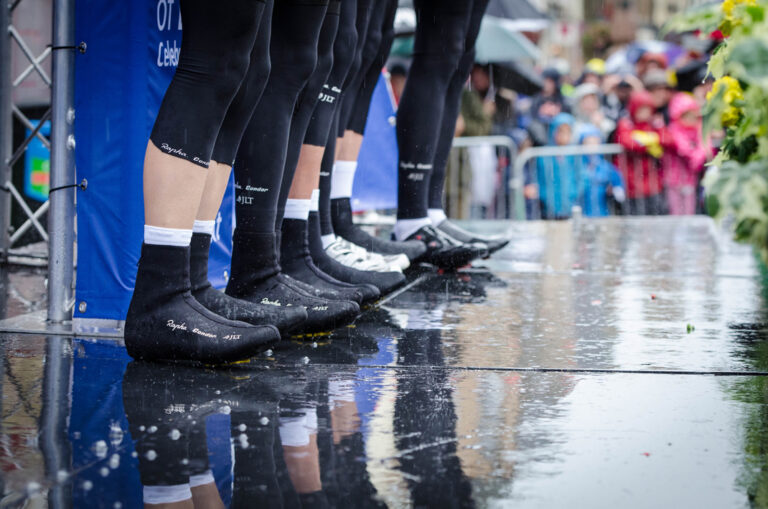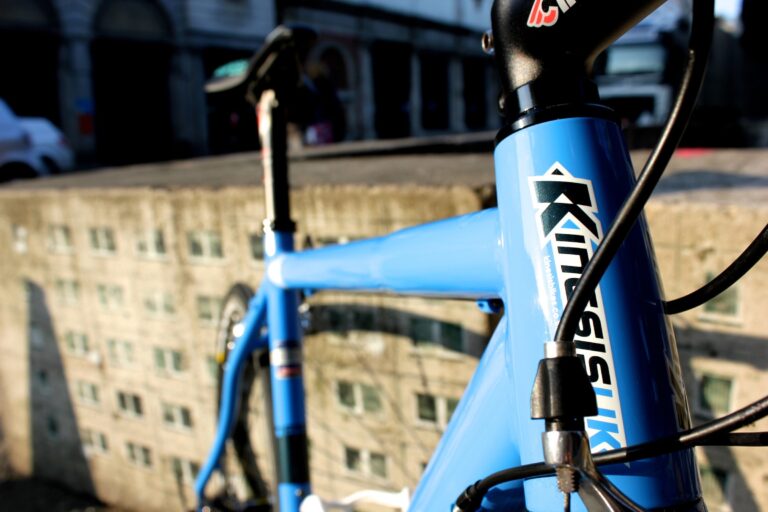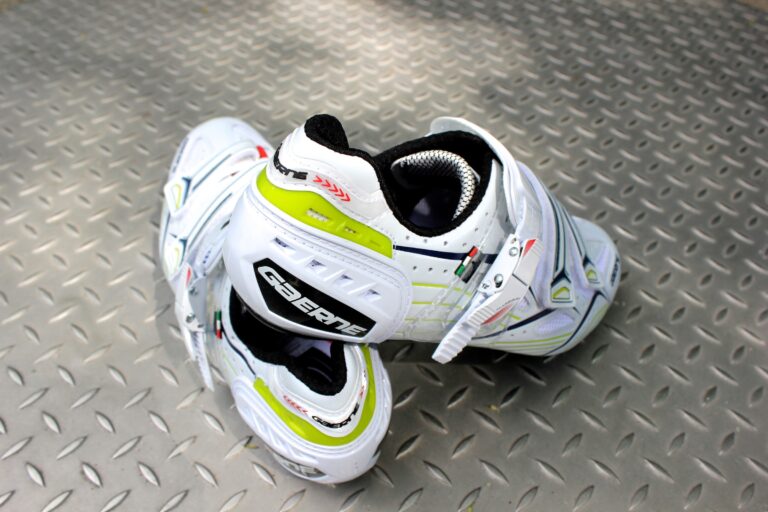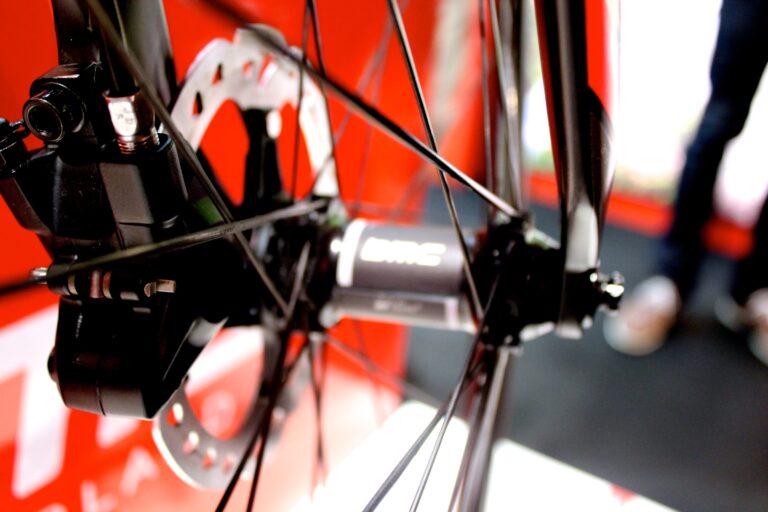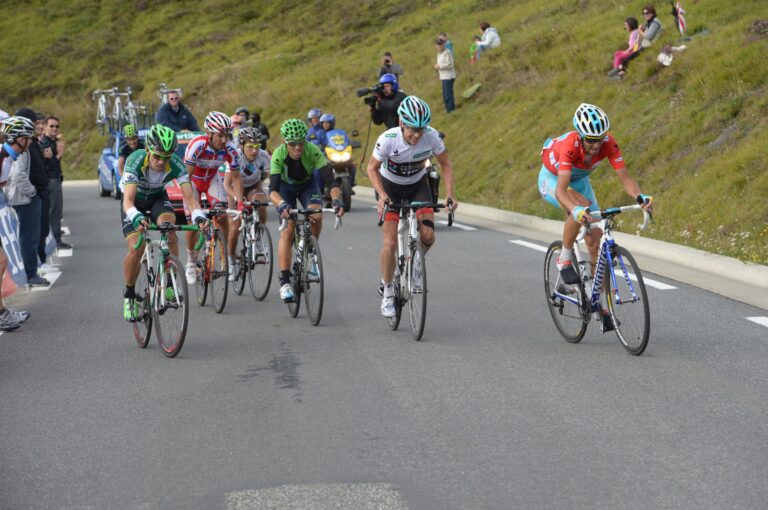Now it may seem like a rather strange thing to say but, from my experience, recovery doesn’t start the moment you step off the bike and head inside. There really isn’t a defined start or stop point when it comes to recovery.

I try and get into the mindset that it’s a continual process that should be taken into consideration throughout the day, and even more so during especially long rides or multi-day events such as the Haute Route. Here are a few pointers that I’ve found useful when it comes to optimising recovery, some are obvious whilst others less so.
1) On the bike recovery
Use a smaller gear and maintain a higher cadence where possible and think about your gear changes in advance so that you can keep momentum and avoid repeated heavy loads on your legs that are needed just to get back on top of a larger gear.
Keep your legs turning over on the downhills (especially in the mountains) as opposed to freewheeling for the entire length of the descent. It may feel like you’re saving energy this way but just spinning your legs with a very low load will facilitate lactate removal from your muscles more quickly, subsequently putting yourself in better shape for the next climb.

Work to a nutrition strategy that ensures you never feel hungry or thirsty during the ride. Eat and drink more frequently than you may otherwise on a one day or shorter event. Between 60 and 90g of carbohydrate can be consumed efficiently in a 2:1 ratio of Matodextrin:Fructose but don’t forget to try everything in advance to ensure it agrees with your system. Remember, you’re fuelling to go the distance day-after-day so you want to try and finish each ride with glycogen stores that aren’t stripped and in the red. Topping up continuously throughout the ride will help to prevent this.

